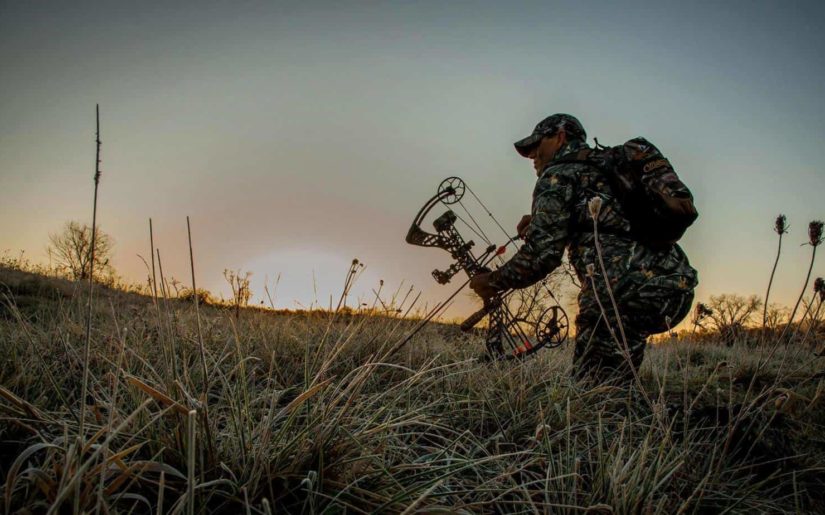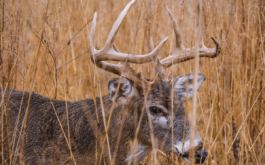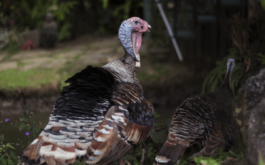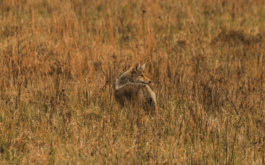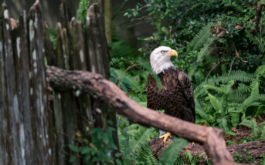Texas offers a range of game species, from pheasant hunting in the Panhandle, to blue quail hunting in West Texas, or turkey hunting in the East. Choose from an abundance of game animals, including Deer, feral hog, bighorn, pronghorn, turkey, rabbits, hares, chachalaca, alligator, exotics and many more.
Deciding where to hunt in Texas relies on several factors including what, where, and when. The annual public hunting permit gives you access to almost everything that the hunting state program has to offer, including hunting on both public and privately leased lands, on your schedule. The drawn-hunt part of the program lets you choose the type of species you want to hunt, choose from the available hunting areas for that species, and choose from the dates available.
Public Lands
There are over 1 million acres of publicly accessible land located throughout Texas. Texas Parks & Wildlife offers the Annual Public Hunting Permit (also known as walk-in) which provides nearly year-round hunting for hunters on public lands in Texas. These lands can be used for regular (daily) permit hunts, drawn hunts, and mentored hunting workshops. Access the interactive map of public hunting areas.
Private Lands
Texas is home to a vast and wide variety of major game animals throughout its many regions. Animals include white-tailed deer, mule deer, desert bighorn sheep, pronghorn antelope, and javelina. Hunting can have a positive economic impact if it’s done in a controlled and regulated manner. The cost for Texas hunting permits can be invested in federal programs and community efforts to preserve animals and their habitats. By purchasing a hunting license, it allows you the opportunity to harvest these major game animals while funding TPWD conservative programs. Ensure you familiarize yourself with the Texas hunting laws before embarking on any hunting endeavours.
In Texas you can hunt on private land that you own or you can get landowner permission to hunt as a guest. Some landowners may require a that you pay for this access and many hunters lease land and book hunts a year or more in advance. The landowner reserves the right to deny permission to hunt on their land, can charge for a lease to hunt, and can impose further requirements on top of existing laws. More than 95% of the land in Texas is privately owned or managed.

What to Hunt in Texas
Texas is home to a vast and wide variety of major game animals throughout its many regions. Animals include white-tailed deer, mule deer, desert bighorn sheep, pronghorn antelope, and javelina. Hunting can have a positive economic impact if it’s done in a controlled and regulated manner. The cost for Texas hunting permits can be invested in federal programs and community efforts to preserve animals and their habitats. By purchasing a hunting license, it allows you the opportunity to harvest these major game animals while funding TPWD conservative programs. Ensure you familiarize yourself with the Texas hunting laws before embarking on any hunting endeavours.
Texas Game Animals
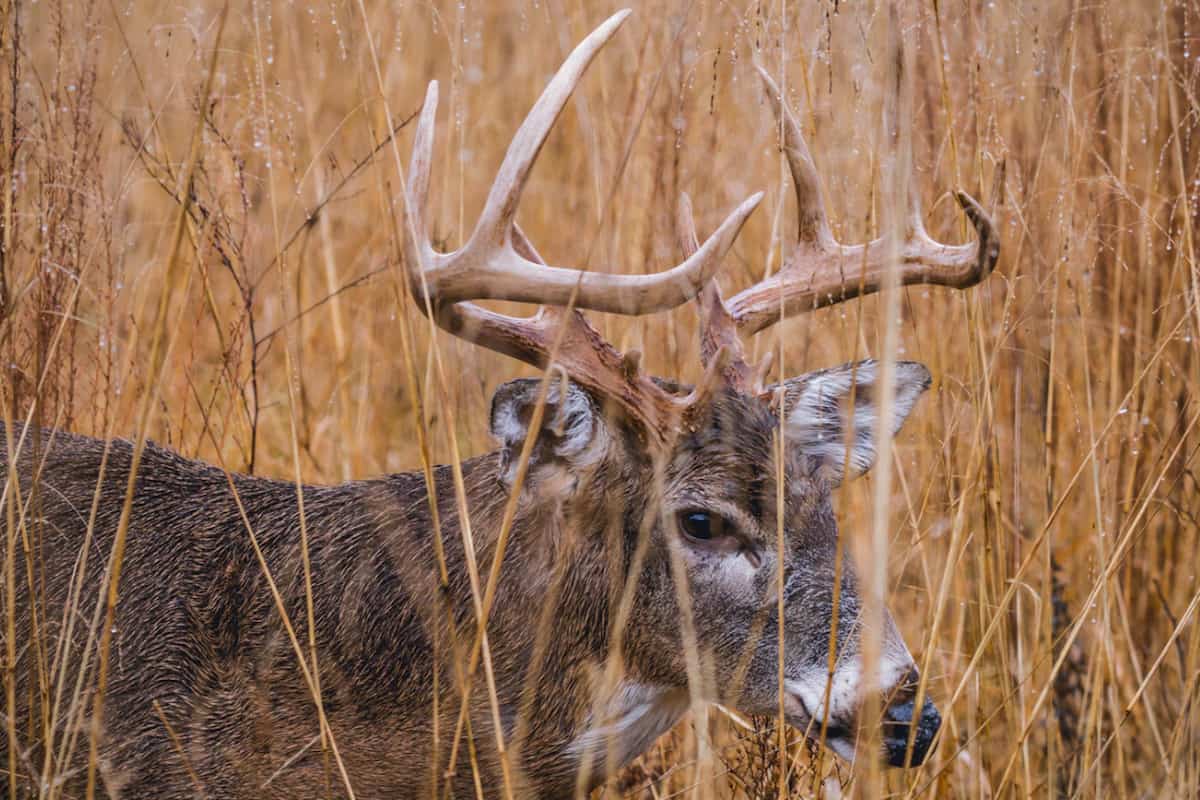
Texas is home to a vast and wide variety of major game animals throughout its many regions. Animals include white-tailed deer, mule deer, Desert bighorn sheep, Pronghorn antelope, and Javelina.
Texas Game Birds
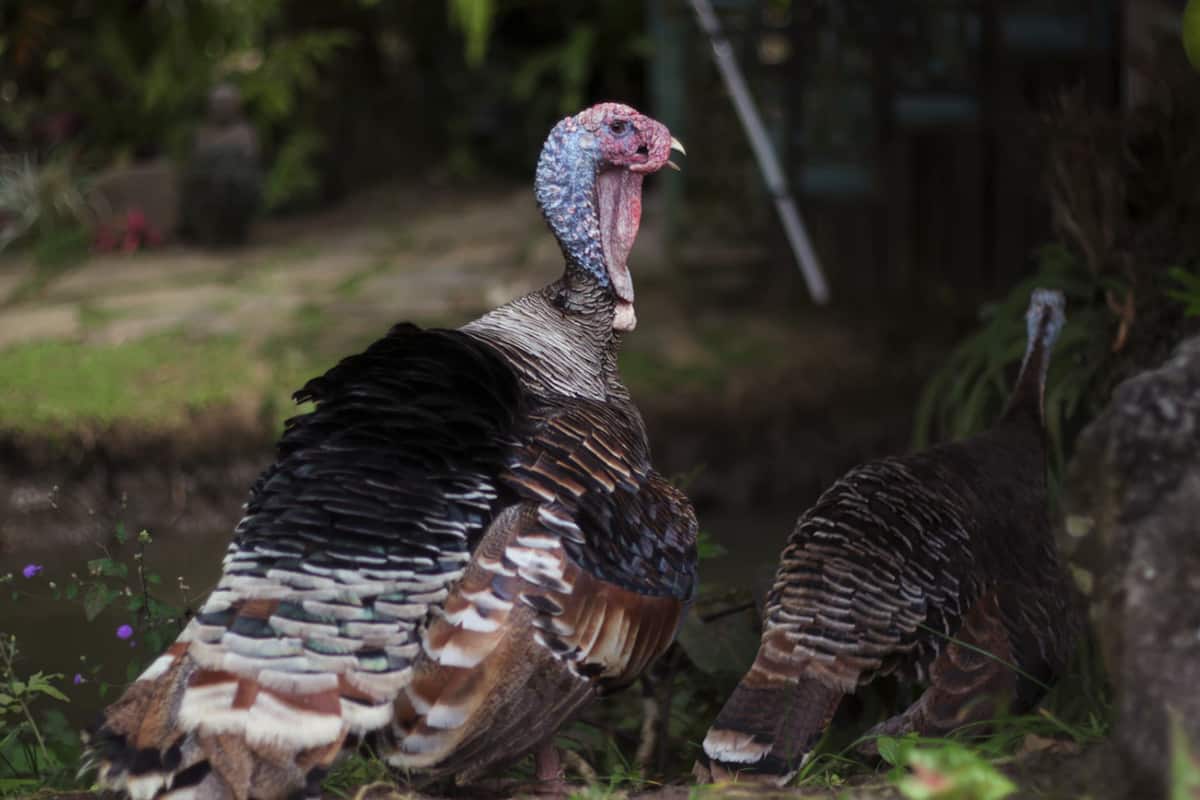
Game birds in Texas encompass a variety of migratory as well as native birds. South Texas is an attractive environment for both types of birds due to the diversity of habitats and unique vegetation options.
Texas Non-Game Animals

Non-game animals include: armadillos, bobcats, coyotes, flying squirrels, frogs, ground squirrels, mountain lions, porcupines, prairie dogs, rabbits and turtles. On private property, these species can be hunted at any time with a valid hunting license. Public hunting lands might have varying restrictions.
Exotic and Fur-Bearing Species
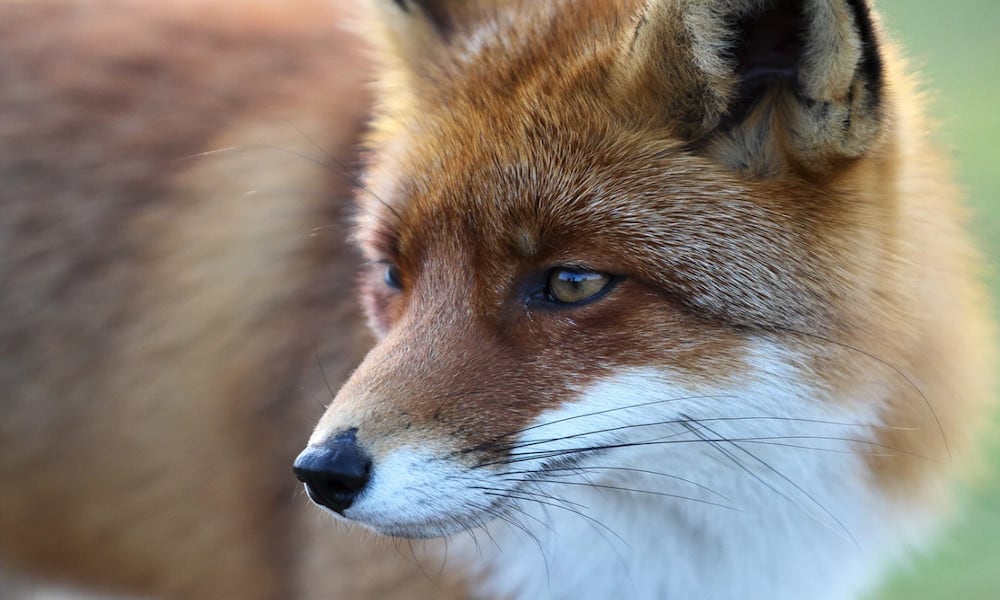
Exotic species refers to nonindigenous species not native to Texas. They are classified as ungulates (a diverse group of primarily large mammals). Fur-bearing species are categorized as those that are killed (normally trapped) for their pelts.
Texas Threatened, Endangered, and Protected Animals
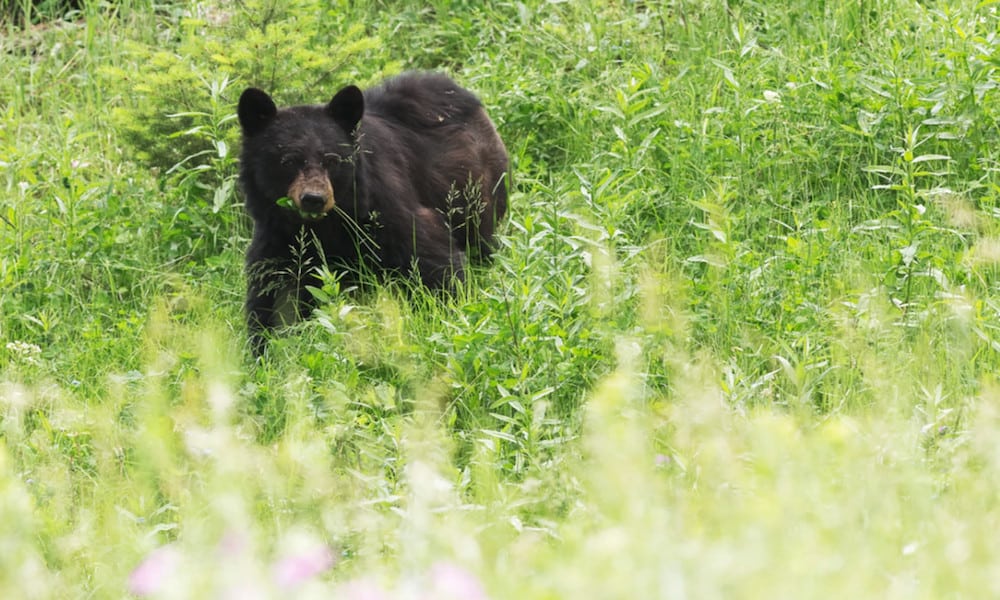
If a species is listed as threatened or endangered under the authority of state law and/or under the U.S. Endangered Species Act it means that they are in decline throughout their entire range. Species may be listed as state threatened or endangered but not federally listed. It is unlawful for any person to hunt threatened, endangered and protected animals.
